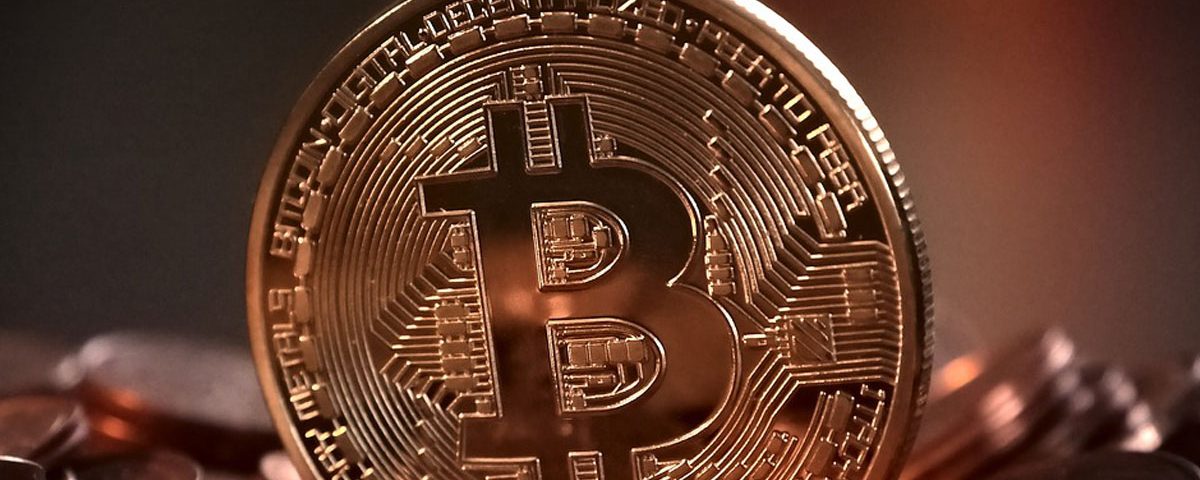As many know, the single most important thing when it comes to purchasing or selling silver or gold is verifying its authenticity. If you have a real precious metal on your hands, that’s clearly great news. Then how would you determine that your silver or gold is legitimate or fake? So, Let’s go ahead to know about the metal tests.
5 Ways To Test – A Piece of Silver or Gold Is Legitimate or Fake?
However, the instance the metal is proven fake means it has zero value, meaning its monetary worth is next to nothing. But unfortunately, the naked eye alone typically cannot determine whether or not a precious metal is legitimate. Only through a series of precious metal tests can its authenticity be determined that the piece of silver or gold is legitimate or fake. Speaking of precious metal testing, the following tests can help one decide if their silver or gold is real:
1. Size and Weight Test
The first tests one would likely conduct on silver and gold is the size and weight test. Whether you have a coin or bullion of silver or gold, this quick test can tell you a lot about the silver or gold is legitimate or fake.
As many know, both silver and gold are quite dense. In fact, they are denser than most base metals. Fake precious metals might weigh the correct amount but will often be too large in diameter or thickness, or they might instead weigh the incorrect amount but have the correct diameter and thickness. Either way, their weight, and size do not add up to that of the real deal.
With a jeweler’s scale and a set of calipers, you can determine if both the size and weight of your piece of silver or gold are the real things. Comparing real samples of silver or gold to your undetermined sample can make the process of size and weight authentication easier.
2. Nitric Acid Test
According to the Science Geek, the Nitric Acid Test, or simply the Acid Test, is one of the truest tests of value for a variety of materials. For silver and gold, the nitric acid test also applies. This test works considering nitric acid is a strong acid and oxidizer, meaning it will corrode most metals.
However, for both gold and silver, nitric acid will not corrode, dissolve, or tarnish when placed in nitric acid. They are some of the few metals that will not be damaged by the nitric acid test, and therefore, make it easy to set them apart from a list of several metals that they could have potentially been.
While it may seem easy to conduct the nitric acid test, especially considering how affordable these tests are, caution still applies. For one, being careful with acids while testing your metals is crucial for safety purposes. Secondly, acid testing can potentially permanently discolor your metals, particularly if they are not 100-percent real gold or silver.
For the latter reason, only testing a small amount of the metal you have is your best bet. However, for bullion gold and silver, testing a larger amount of the metal wouldn’t be a huge deal considering bullions are valued mostly for their authentic metal content more so than their beauty (or lack thereof).
3. Magnetization Test
The magnetization test isn’t as specific as the nitric acid test. In fact, there are many metals that have no magnetization from chromium and brass to aluminium and lead. However, this still a crucial and quite affordable test to conduct when deciding if your precious metal really is precious.
Silver and gold are also non-magnetic. Magnetization can be determined by placing a strong magnet on your piece of prospective silver or gold, tipping the piece to see if the magnet falls off or stays put. If the magnet still sticks when the piece is tipped, this means you likely have some fake silver or gold in your hands.
However, because your precious metals might be mixed with magnetic metals as well, such as iron, cobalt, or nickel, your metal might have a weak magnetization depending on the content of non-precious metals it contains.
4. Sound Test
The sound test, also known as the ping test, can be another way to determine whether or not your silver or gold is real. Sound testing involves striking your precious metal and listening for a particular sound. Both authentic gold and silver (particularly coins) chime when they are stuck with, for instance, another coin.
You’ll know if you actually have a base metal if you strike your metal and hear a dull with a short ring or even a clunk sound. Striking both authentic and fake precious metals, you will notice a difference in how they sound. Silver and gold are said to have a beautiful ring to them. But knowing the difference between a legitimate and fake precious metal takes a good ear.
5. Professional Appraisal
The only guaranteed way to know if you have real silver or gold is to get it professionally appraised. While it’s true that you will likely pay more for a professional appraisal than you would if you conducted the latter tests yourself from home, precious metal professionals test better than anybody else.
However, if you already have legitimate gold and silver in your home that was already professionally proven to be authentic, keep in mind that you may use these pieces to determine if your other metals are in fact precious as well. Even then, a professional appraisal can give you and/or your seller peace of mind.
If you’re interested in learning more about professional precious metal analysis, check out the Thermo Fisher website for more information.
Conclusion
Because it’s easy to come across fool’s gold and other inauthentic precious metals, it’s important to always test your meals before buying or selling them. Going through precious metal analysis, even if it costs time and money, can save you from a big mistake if you were to buy or sell a precious metal without knowing its actual value.
A series of precious metal tests can help determine whether or not your precious metal is the real deal. Tests can include but are not excluded to, size and weight testing, nitric acid testing, magnetization testing, sound testing, and best of all, professional appraisal. Testing your metal may sound like a lot of hard work and stress, but knowing the legitimacy of your metal is crucial.

